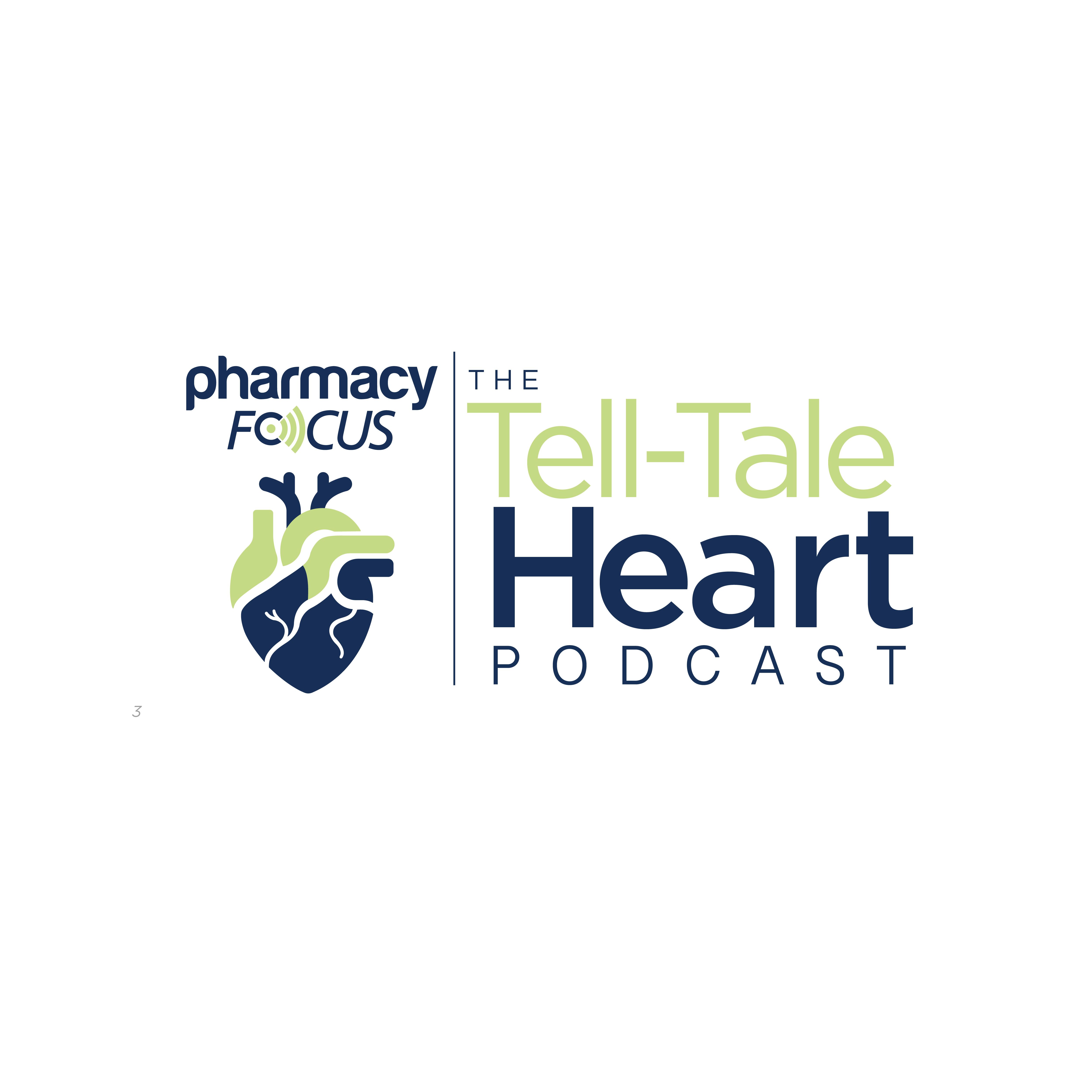Feature
Article
HOPA 2025: The Promise and Pitfalls of ctDNA Testing in Oncology
Author(s):
Key Takeaways
- ctDNA testing provides a non-invasive method for monitoring cancer progression and treatment response, complementing traditional tissue biopsies.
- ctDNA is useful for early cancer detection, MRD assessment, and therapy monitoring, though sensitivity varies with disease stage and tumor characteristics.
Mark Zangardi, PharmD, MS, BCOP, and Amber Cipriani, PharmD, BCOP, discuss the growing role of circulating tumor DNA (ctDNA) testing in oncology, highlighting its applications in early cancer detection, molecular residual disease assessment, and treatment monitoring.
Circulating tumor DNA (ctDNA) testing has emerged as a promising tool in cancer diagnostics and treatment management. As an integral component of liquid biopsy, ctDNA reflects the genetic material shed by tumors as they undergo processes such as apoptosis and necrosis. Through molecular profiling, ctDNA testing offers a non-invasive method for monitoring disease progression and treatment response. At the Hematology/Oncology Pharmacy Association (HOPA) 2025 Annual Conference in Portland, Oregon, Mark Zangardi, PharmD, MS, BCOP, and Amber Cipriani, PharmD, BCOP, discussed the current landscape, utility, and limitations of ctDNA testing in oncology.
Liquid biopsy for cancer detection. Image Credit: © Thaweechai - stock.adobe.com

According to Zangardi, ctDNA is a component of circulating cell-free DNA found in the bloodstream, and specifically in the plasma.1 Through the use of liquid biopsy, the molecular profile of various circulating nucleic acids, such as DNA, tumor cells, or exosomes, can be assessed.
“We often will utilize liquid biopsy to do molecular profiling to help us guide treatment decisions,” said Zangardi, a pharmacy coordinator, oncology precision medicine at OhioHealth, during the HOPA 2025 Annual Conference. “There's different applications and types of liquid biopsies that can be used.”
For instance, different cancers exhibit different shedding rates of ctDNA, influenced by the locations of metastasis and the overall tumor dynamics. According to Zangardi, higher disease burdens usually correlate with increased levels of detectable ctDNA, providing insights into cancer progression and response to therapy. Additionally, factors such as inflammation and specific tumor characteristics can impact the shedding of ctDNA, thereby complicating its detection and utility as a biomarker. These nuances of ctDNA characteristics set the foundation for its application in cancer care, particularly regarding early detection, molecular residual disease (MRD) assessment, and treatment monitoring.
One of the emerging applications of ctDNA testing is in cancer screening, according to Zangardi. While this application is still in its infancy, there is potential for ctDNA to complement traditional screening methods for early detection of cancers in asymptomatic individuals.
“This can be applied to early cancer detection and can be complementary to standard screening. This is really an emerging field and is not something that's well established yet,” Zangardi said.
In patients already diagnosed with cancer, ctDNA testing can play a crucial role in assessing MRD. Such assessments can inform clinicians regarding the likelihood of disease recurrence and guide decisions on whether patients require additional therapeutic interventions after definitive treatment. Further, ctDNA can assist in risk stratification by identifying which patients with early-stage disease may benefit from post-treatment surveillance or additional therapeutic escalation.
For patients with advanced metastatic cancers, clinicians can monitor ctDNA levels and evaluate the effectiveness of ongoing treatments and detect potential resistance to therapy. For these patients, tracking ctDNA levels provides a non-invasive approach to evaluate treatment response, which is particularly useful when conventional imaging techniques may not provide timely insights into disease response to treatment. According to Zangardi, the idea is that, should ctDNA levels rise during treatment, it may indicate that the cancer is progressing or that the patient is developing resistance to the current therapy regimen, prompting treatment adjustments. This adaptive treatment model illustrates the practicality and clinical relevance of incorporating ctDNA testing into routine oncology practice.
Liquid biopsies can also be used as a complementary tool alongside traditional tissue biopsies, Zangardi explained. While tissue-based testing has long been considered the gold standard for genetic analysis and remains critical for certain biomarker tests, ctDNA offers the advantage of being non-invasive and can provide valuable genetic insights without the need for additional biopsies.
“If we do get results from these liquid biopsies, do we get the same results [as we do from traditional tissue biopsies]? Can we trust the results that we get from a liquid biopsy? Are they as good as tissue based testing? In the literature, you'll see [data] published for each individual assay, and they [show] different results,” Cipriani, a precision medicine pharmacy coordinator and clinical associate professor at University of North Carolina Medical Center, said during the HOPA 2025 Annual Conference. “[For example,] in an Asian cohort of patients with lung cancer who had blood samples taken within 4 weeks of their tissue biopsy, the [investigators] compared the results of tissue vs blood…. [and they] saw about a 70% to 80% concordance rate.”
According to Cipriani, this concordance rate indicates that while ctDNA can yield comparable results to tissue analyses, there are scenarios where tissue testing may still offer superior sensitivity for detecting specific mutations and alterations. Notably, sensitivity can vary depending on factors such as the disease stage and tumor shedding characteristics. For instance, early-stage cancer patients or those with certain cancer types may shed less ctDNA, leading to lower sensitivity and potentially missed diagnoses. For such patients, tissue samples allow for more comprehensive genetic profiling, including testing for copy number variations, which ctDNA assays may not detect as effectively. This underscores the importance of selecting appropriate testing methods, necessitating a more integrated approach to patient evaluation that balances the benefits of both liquid and tissue biopsies for optimal results.
Additionally, Cipriani noted that an evolving role of ctDNA testing is in predicting response to therapy and monitoring disease progression. Retrospective studies have begun to reveal trends indicating that ctDNA levels may correlate with treatment response, and there is growing interest in utilizing ctDNA assays to predict potential patient outcomes. However, Cipriani underscored that while these findings may be promising, these aspects remain largely prognostic at this time—indicating a need for a clearer consensus on how to act upon ctDNA results, such as when to switch therapies or take other clinical actions.
The ongoing research into the utility of ctDNA in various cancer contexts has exemplified the necessity for continuous advancement in methodologies and understanding of ctDNA dynamics. For example, Cipriani noted a cohort study that examined the utility of ctDNA for monitoring drug responses and resistance in several cancer types, including colorectal and ovarian cancers. Results from these studies emphasized that ctDNA detection after surgical intervention can have robust prognostic implications for patient survival, making it an increasingly critical component for post-surgical surveillance.
Throughout the discussion, the presentation also addressed the economic implications of using ctDNA testing in clinical practice. While the potential benefits for patient outcomes are clear, barriers such as test costs and access to comprehensive genomic profiling remain significant challenges. These considerations necessitate a careful assessment of the cost-effectiveness and overall impact of ctDNA testing on population health, particularly in the context of precision medicine. The integration of ctDNA testing must be reflective of its ability to enhance individualized care, which remains a cornerstone of oncology practice.
Ultimately, ctDNA testing holds the potential to transform cancer diagnosis and treatment management. Despite the current limitations and challenges, including variability in sensitivity and the complexities of interpreting results, ctDNA shows promise as an integral tool in the oncology pharmacist's arsenal. The potential applications for ctDNA—as a marker for early cancer detection, a means of MRD assessment post-treatment, and a method for monitoring response to therapy—indicate its evolving role in cancer care. As our understanding of ctDNA grows, it is likely that these assays will become increasingly relevant, aiding in efforts towards personalized cancer treatment strategies.
“I think tissue-based testing remains the gold standard for genetic testing, but ctDNA really has an evolving role. I think it's pretty standard as an alternative, or to be used concurrent in advanced disease,” Cipriani said. “The data for monitoring response and resistance is evolving. I think these MRD assays are going to become really important in the near future. You're going to see a lot published on that. Then I also think it's going to be leveraged to develop early detection assays, but I think that's going to come later.”
Cipriani provided a take-home to the room, recommending pharmacists pause and ask some questions about the methodology behind the testing when used in oncology care.
“It is really so important to make sure that the test that was ordered was appropriate, and you're applying the results based on what the literature is sharing,” Cipriani said.






